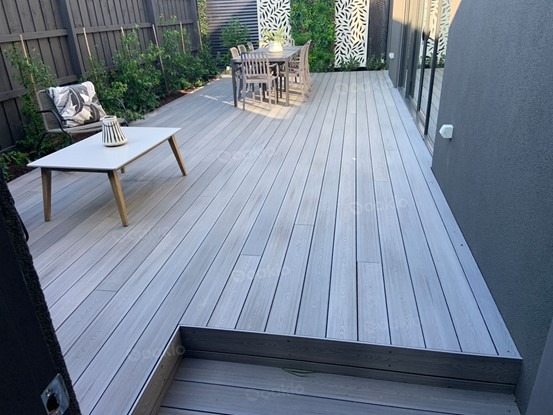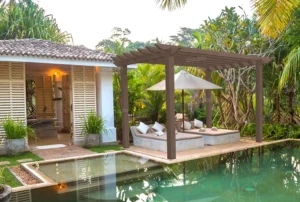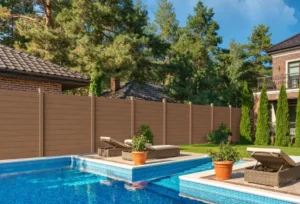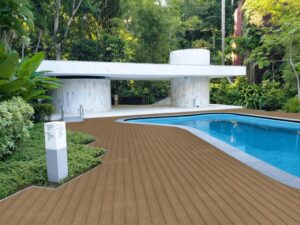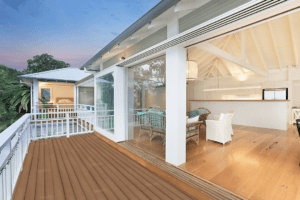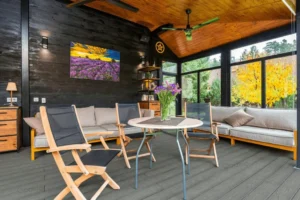6 Composite Decking Problems and Their Solutions
Composite decking, often referred to as wood-plastic composite (WPC) board, boasts remarkable resistance to water, flames, insects, and corrosion, making it an ideal solution for outdoor applications. However, like any building material, it’s not without its challenges. In this article, we’ll delve into six common composite decking problems and explore effective solutions to ensure your composite decking can help you create a long-lasting and visually appealing outdoor space.
6 Composite Decking Problems and Their Solutions
Problem 1: Fading and Discoloration
One of the advantage of composite decking is that it has various colour choices and you can even customize the colour you want. However, colour fading problems with composite decking is also unavoidable. Exposure to sunlight and the elements can cause composite decking to fade and lose its original color over time. This is a common concern, especially for the composite decking in sunny regions.
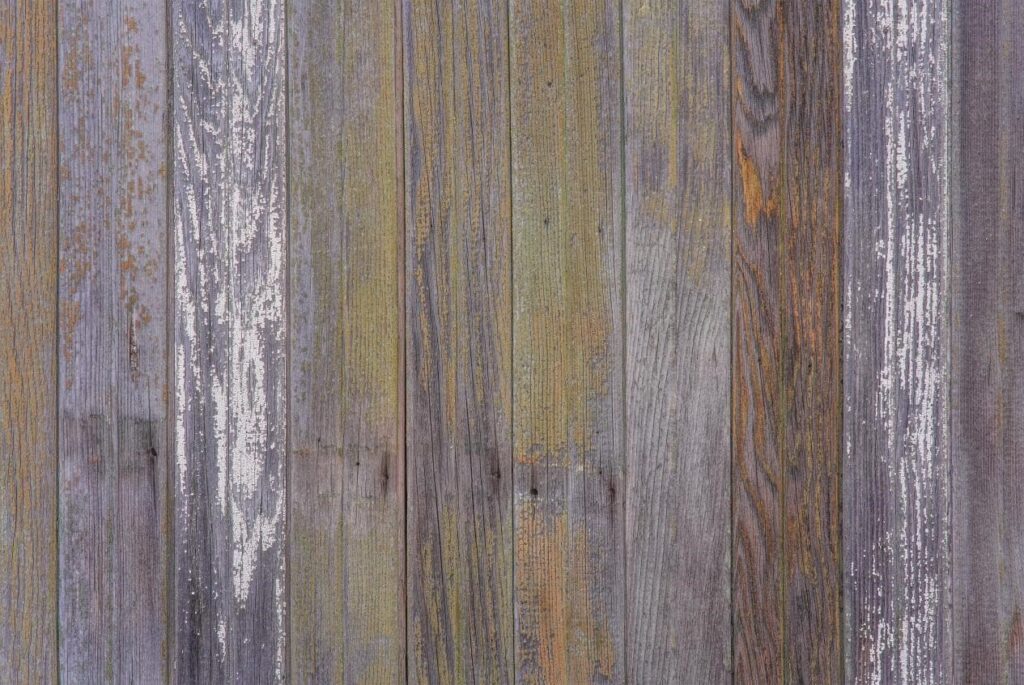
Solutions:
- Choose high-quality composite decking materials that come with UV inhibitors. These additives help protect the deck from the damaging effects of the sun.
- Additionally, choose composite boards with fade-resistant technology, ensuring that your deck maintains its vibrant color for an extended period.
- Regular cleaning and applying a UV-resistant sealant can also mitigate fading.
Problem 2: Mold and Mildew Growth
Composite decking, while resistant to rot and insects, can still be susceptible to mold and mildew growth, particularly in damp and shaded areas.
The grooved surface texture of the boards, along with the notably rough ends on uncapped sections, creates pockets where water can accumulate. As the water doesn’t readily absorb, it stagnates, leading to the eventual development of mold due to the persistent moisture. This is one of the most inevitable composite decking problems.
Solutions:
- Regular cleaning is crucial to prevent mold and mildew. Use a mild soap or cleaner and a soft brush to remove any organic matter.
- Ensure proper ventilation around the deck to reduce moisture buildup. Some composite decking brands offer boards with antimicrobial properties, providing an added layer of protection against mold and mildew.
Problem 3: Scratching and Staining
While composite decking is generally resistant to scratches and stains, many things such as furniture, BBQ grills, kids toys, and even the dog nails can all leave gouges in the composite decking if not watched carefully. But scratching related problems with composite decking is much easier to avoid and handle.
Solution:
a. Place furniture pads or rugs under heavy items to distribute the weight and minimize scratches. Consider using furniture with wider, non-metallic caps on chair legs. For stains, clean the affected area promptly with a cleaner. Avoid using abrasive tools or harsh chemicals, as they may damage the protective surface of the decking.
b. Choose the composite decking with anti-scratch feature, especially with protective cap. Oakio’s Proshield composite decking is a good choice if you want to avoid scratch for its special material cap, which is made of golf ball material.
Problem 4 : Warping and Cracking
Composite decking is known for its stability, but factors like improper installation, inadequate support structures, or exposure to extreme temperatures can lead to some composite decking problems like warping and cracking.

Solution:
a. Ensure proper installation by following the manufacturer’s guidelines and recommendations. Use the correct joist spacing and adequate support for the decking.
b. Avoid prolonged exposure to extreme heat, as this can contribute to warping. If you notice any signs of warping or cracking, address the underlying issue promptly to prevent further damage.
Problem 5: Expansion and Contraction
Composite decking materials can expand and contract with temperature fluctuations, leading to gaps between boards and potential issues with the overall structure. It is a common problem for most kinds of building materials, and also one of the common problems with composite decking.
Solution:
a. Allow for proper spacing between boards during installation to accommodate natural expansion and contraction.
b. Follow the manufacturer’s guidelines for temperature-specific installation. Some composite decking brands offer fastening systems with built-in spacing tools to ensure uniform gaps.
c. Regularly inspect the decking, especially during seasonal changes, and adjust the spacing if necessary.
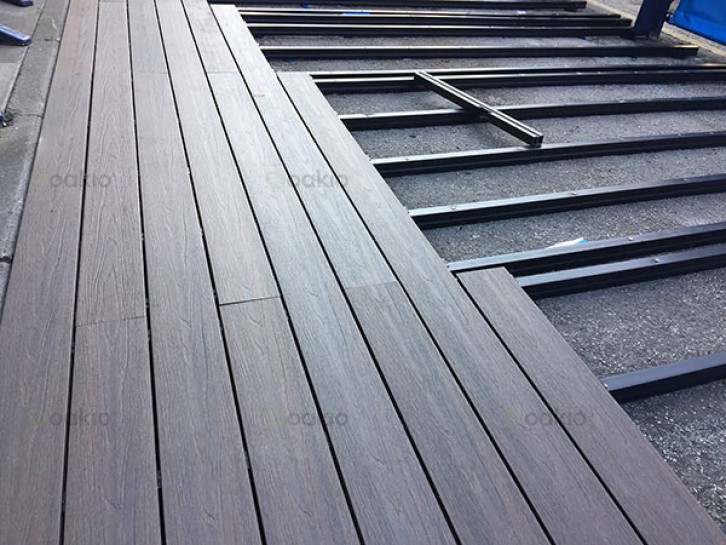
Problem 6: Relatively High Price
composite decking is pricier than some traditional wood for its durability and versatility. It will be a burden for some homeowners who are in a budget for home decoration.
Solution:
Think before you act. It will be great if you can evaluate your construction plan and your financial situation to make the final decision. You can choose to install composite decking just for some specific outdoor space areas such as swimming pool, patio or backyard. Composite decking is always a good choice for outdoor space.
Conclusion
While composite decking offers numerous benefits, addressing and preventing common composite decking problems is essential to maintaining its longevity and appearance. Choosing high-quality materials, following proper installation guidelines, and implementing routine maintenance practices will help you enjoy a beautiful and durable outdoor space for years to come. By understanding and proactively managing these challenges, you can make the most of your composite decking investment and create a stunning and resilient outdoor space for relaxation and entertainment.
Trending Reading
What Are the Differences Between the WPC Board and PVC Board?
[2024 Update] How Long Does WPC Decking Last?
